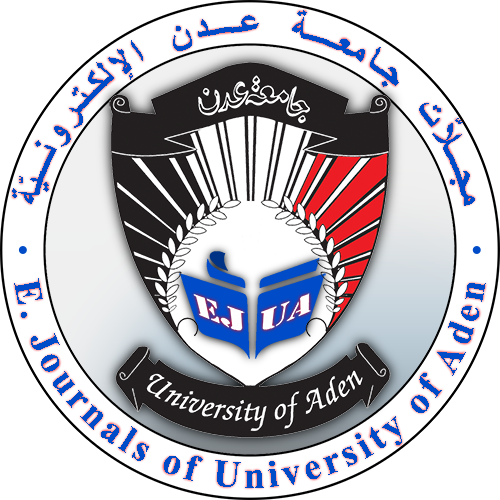MEASUREMENT OF NATURAL RADIOACTIVITY IN TAP WATER SAMPLES FOR SELECTED REGIONS IN ADEN GOVERNORATE, YEMEN
DOI:
https://doi.org/10.47372/ejua-ba.2023.4.294Keywords:
Tap water, Specific Activity, Annual Absorbed Dose, Aden Governorate, Cancer RiskAbstract
In the present work, we have measured specific activity concentrations of in eleven tap water samples for selected regions in Aden governorate by using high purity germanium detector (HPGe). The (HPGe) detector (CANBERA-model 7229N, USA) with an efficiency of 35% and energy resolution (2.6keV) at energy (1332.6keV) for 60Co, the high purity N-type semiconductor detector with physical characteristics of (geometry closed-end coaxial, (3×3 inch). The results have shown that, The highest value of specific activity concentration of 226Ra was found in in T7 Daar-Saad region which was equal to (0.525±0.29)Bq/L, while the lowest value of specific activity concentration of 226Ra was found in T11 Aden Assughra region which was equal to (0.017±0.006)Bq/L with an average value of (0.228±0.13)Bq/L. The highest value of specific activity concentration of 232Th was found in in T5 Khor-makser region which was equal to (0.319±0.18)Bq/L, while the lowest value of specific activity concentration of 232Th was found in T11 Aden Assughra region which was equal to (0.009±0.001)Bq/L with an average values of (0.129±0.089)Bq/L. The highest value of specific activity concentration of (40K) was found in in T2 (Al-Ma,allah) region which was equal to (0.4±0.26)Bq/L, while the lowest value of specific activity concentration of (40K) was found in T11 Aden Assughra region which was equal to (0.027±0.004)Bq/L with an average values of (0.141±0.021)Bq/L respectively. The annual ingestion effective dose (AED) ranged from (3.05 to 98.77μSv/y), (5.67 to 178.16μSv/y), and (3.41 to 119.08μSv/y), with average values of 42.65μSv/y, 78.62μSv/y and 48.62μSv/y, for infants, children and adults respectively. The excess lifetime cancer risk (ELCR) have been calculated, its values were lower than the world’s average value of (0.29×10−3) as reported by EPA. The overall annual effective dose and cancer risks corresponding to radionuclide intake in tap water were below the recommended maximum values. It was inferred from the findings of this study that the water used as the sample does not have any significant radiological impacts to human body and is safe to be used as drinking water.
Downloads
Downloads
Published
How to Cite
Issue
Section
License
Copyright (c) 2023 Fuad Abdo Ahmed AS-Subaihi, Abdulazize Omer Bazohair, Anwar Khadher Mohammed, Sultan Abdulrab Qaid

This work is licensed under a Creative Commons Attribution-NonCommercial 4.0 International License.










